Bull & Bear Markets: A Timeline
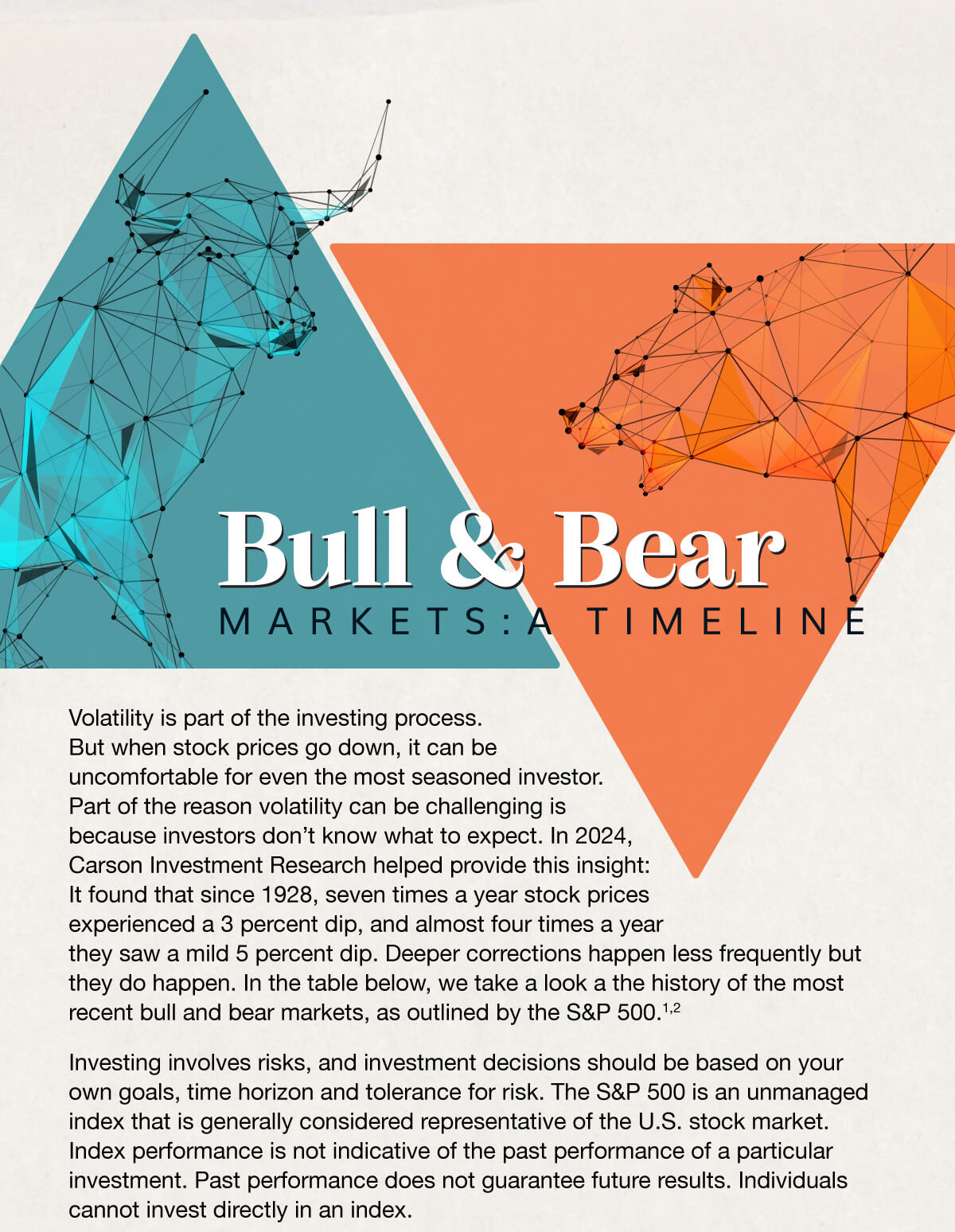
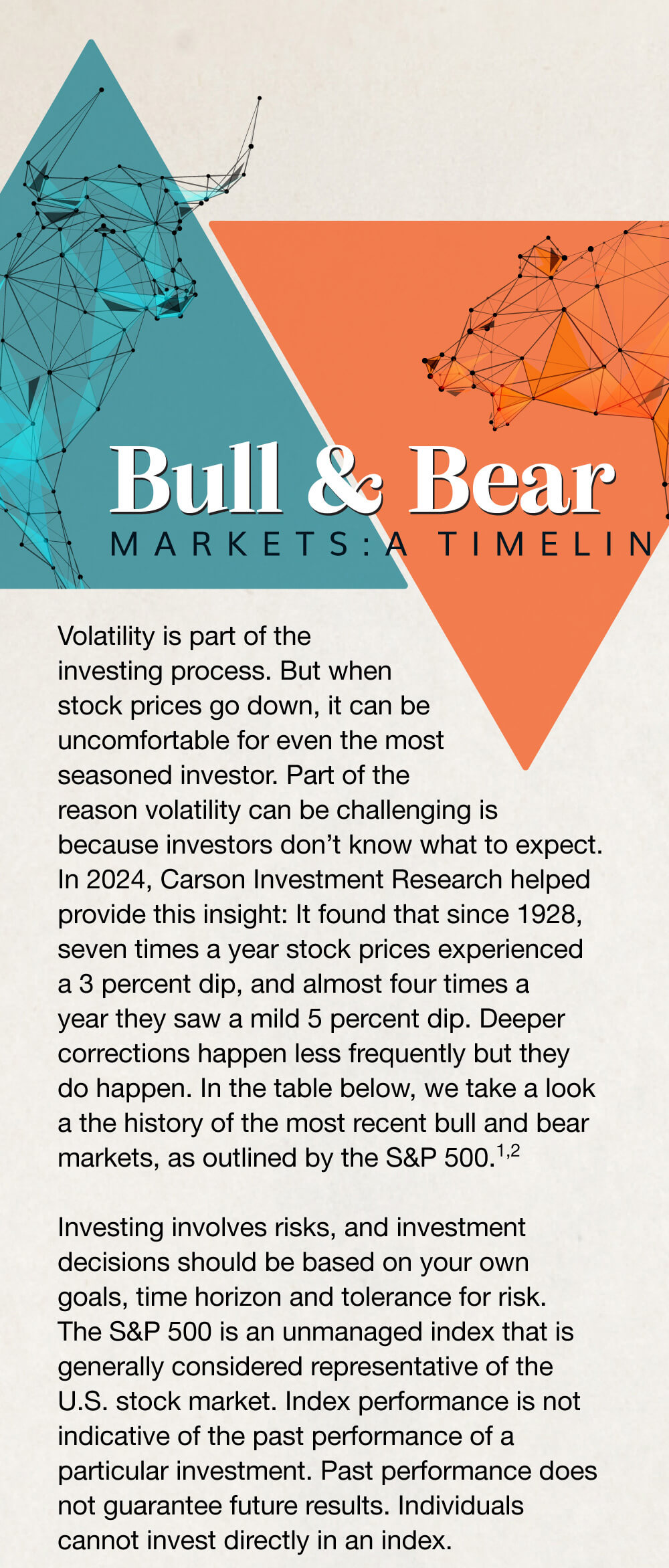

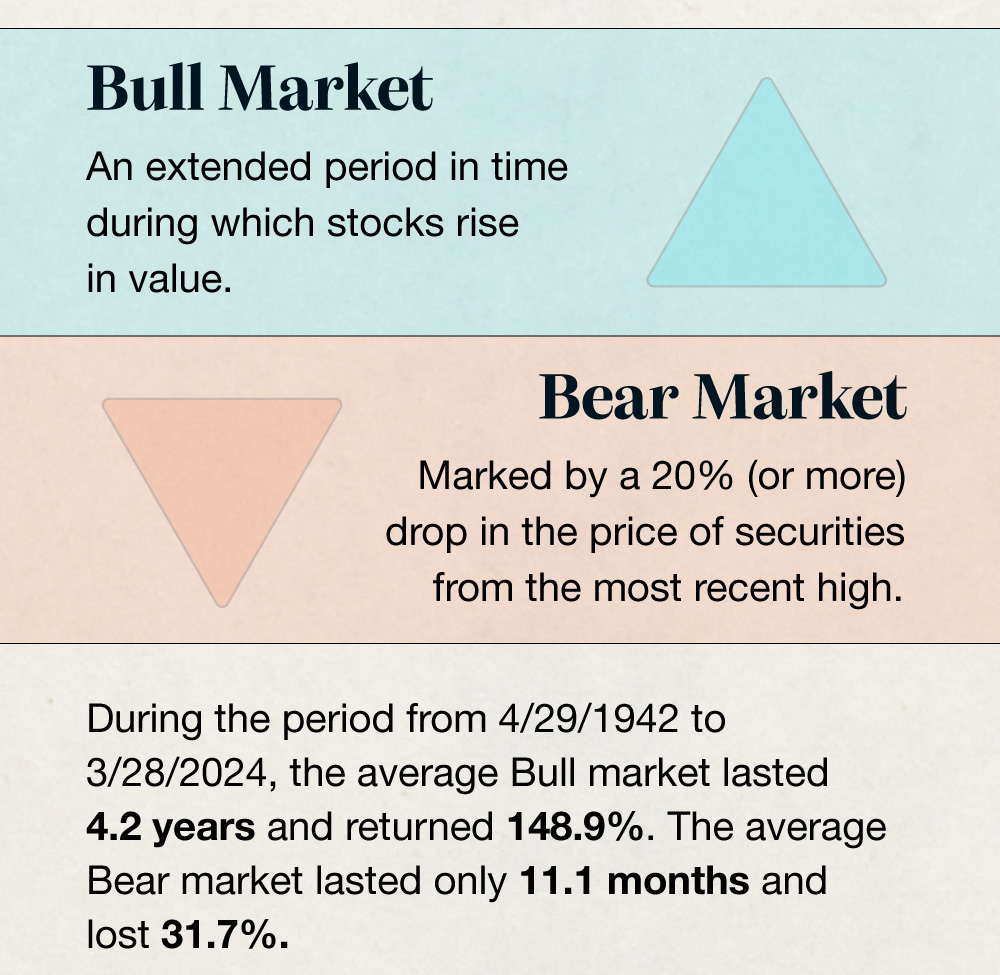
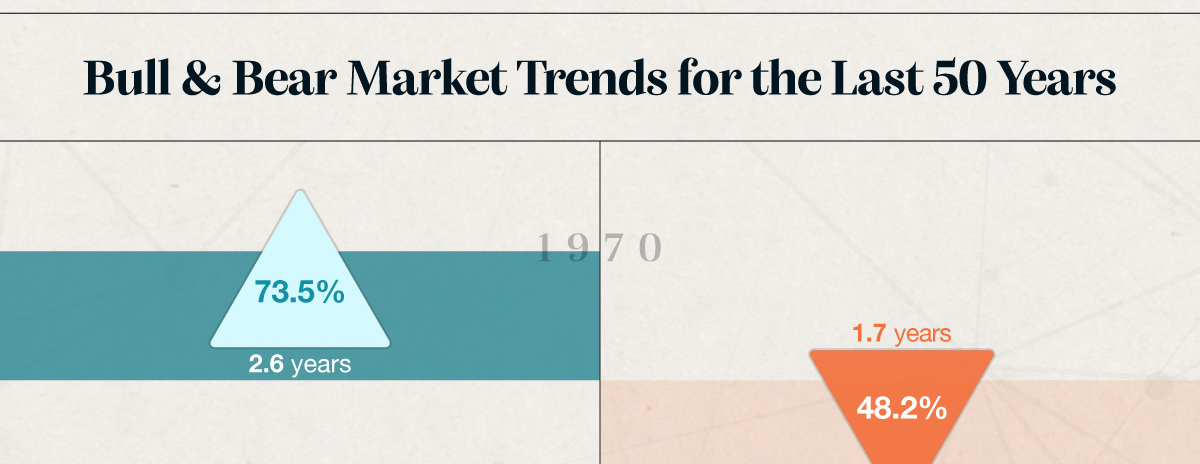
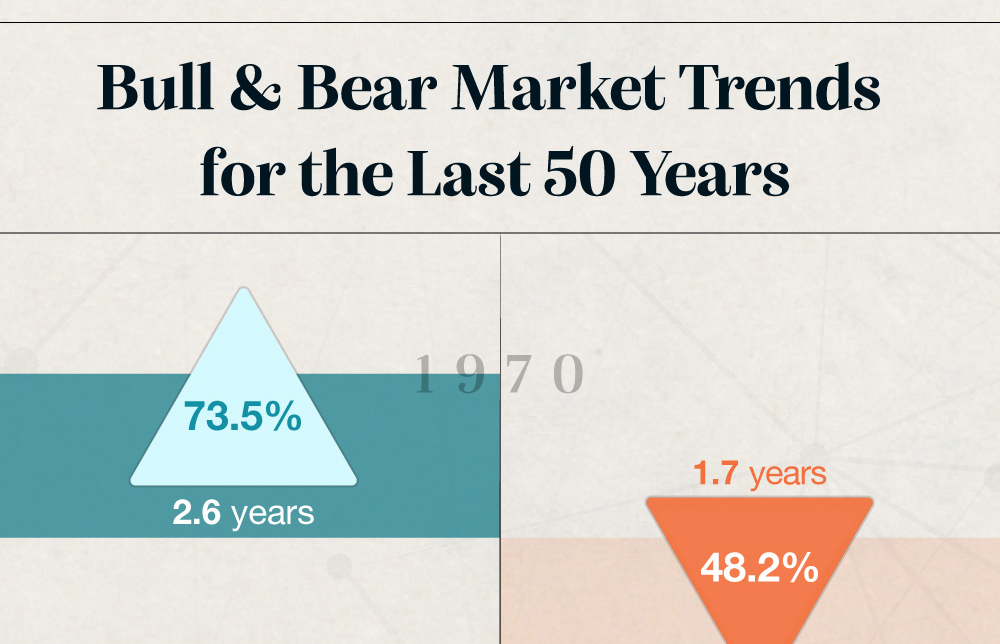

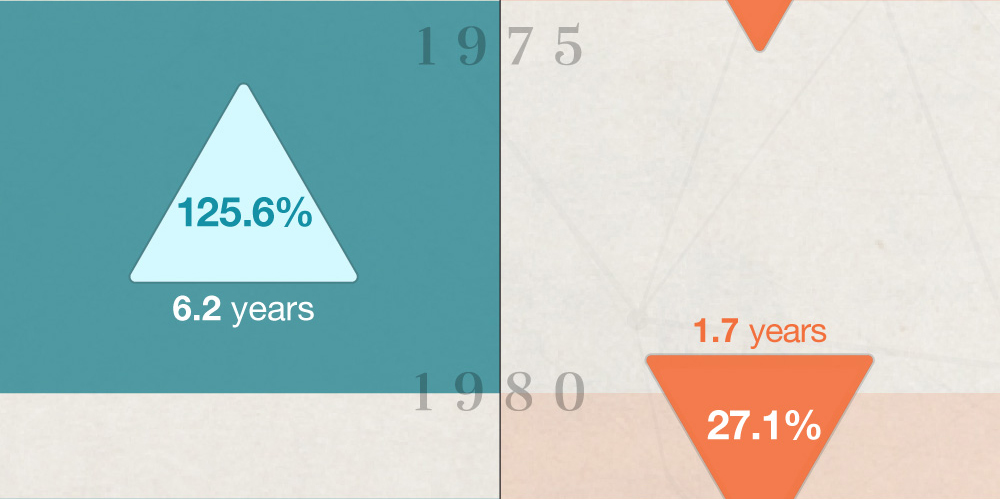

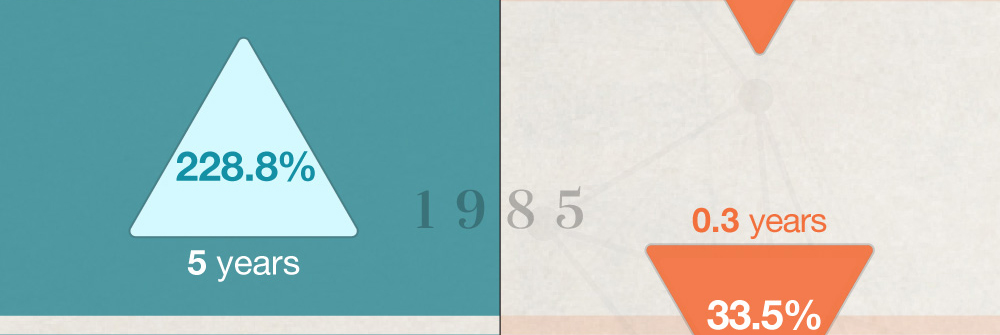
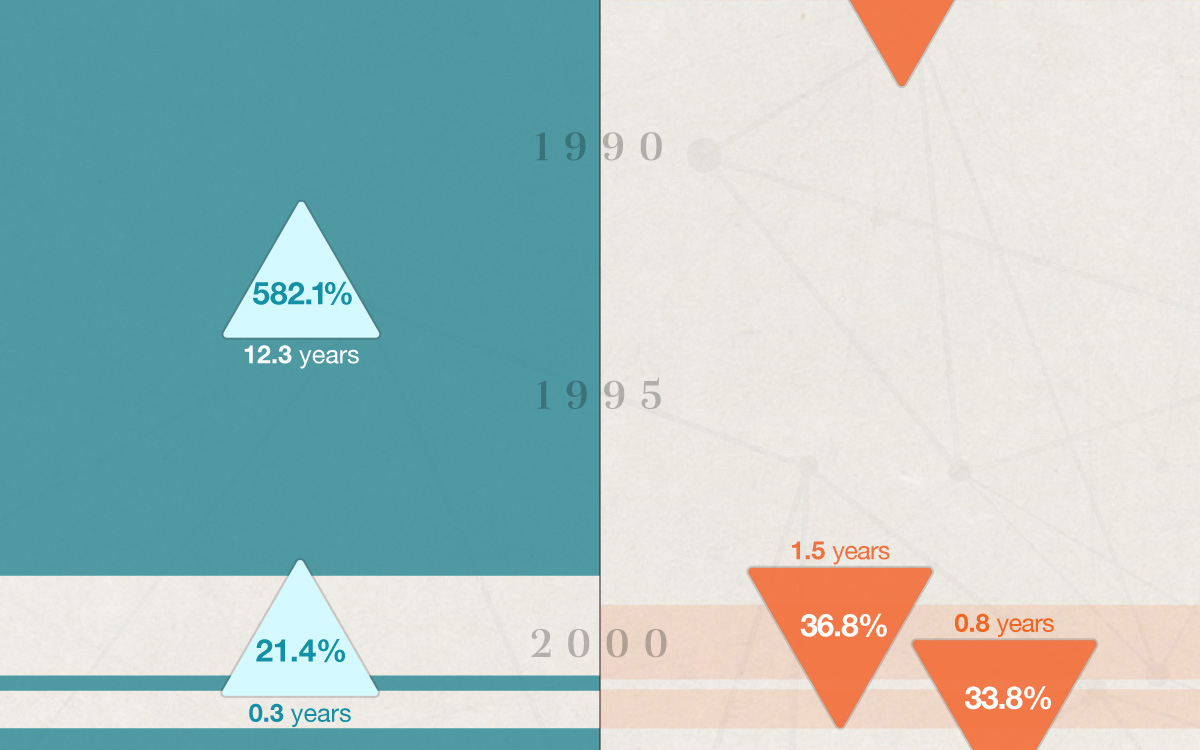
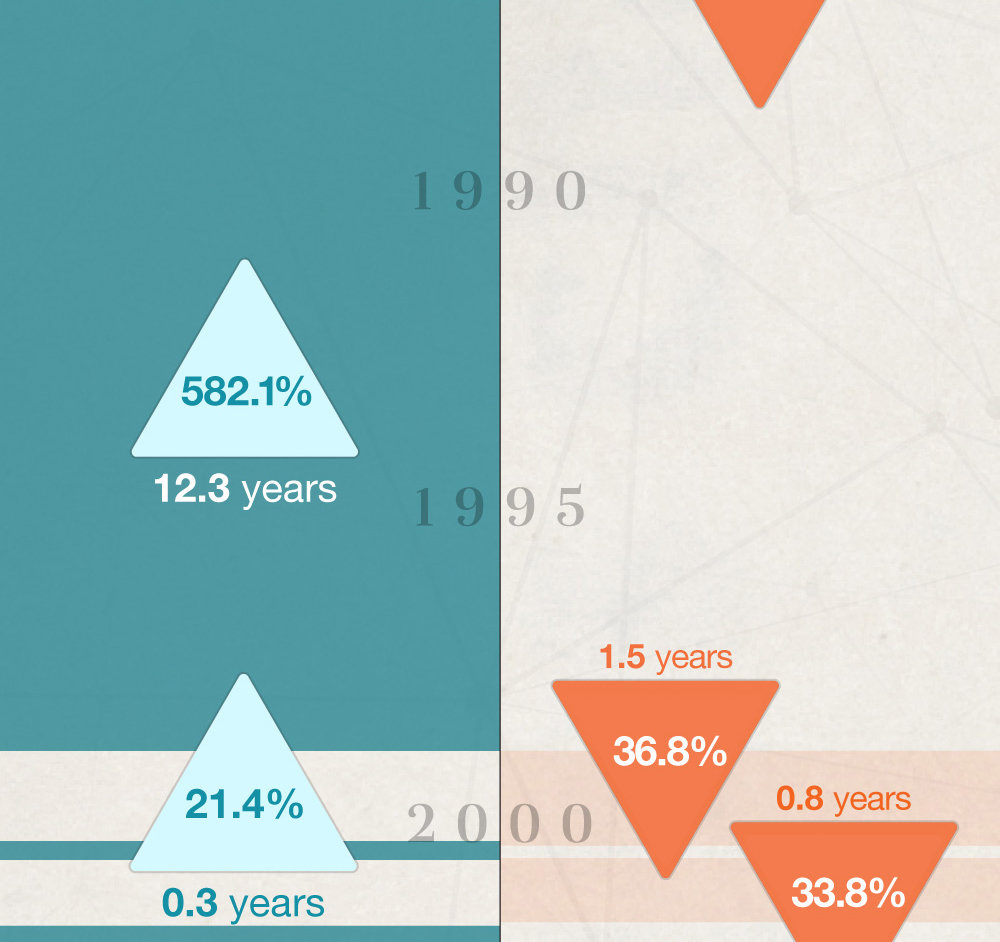

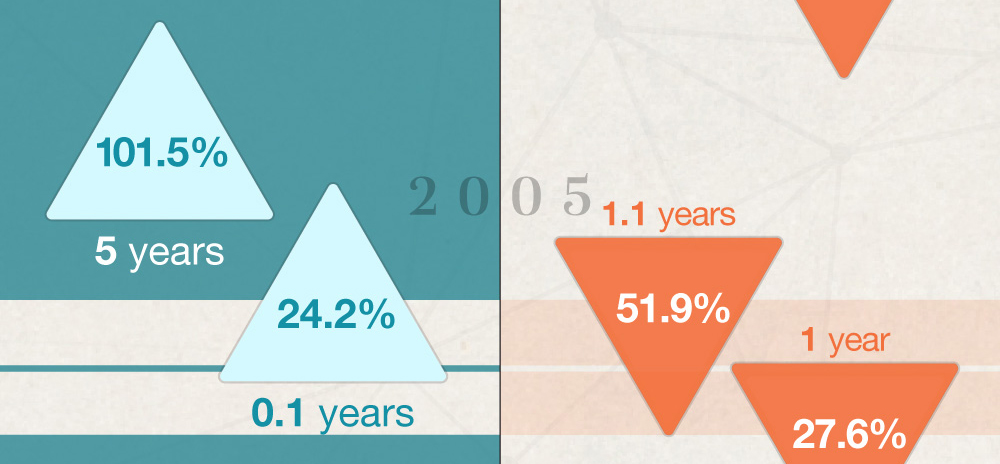
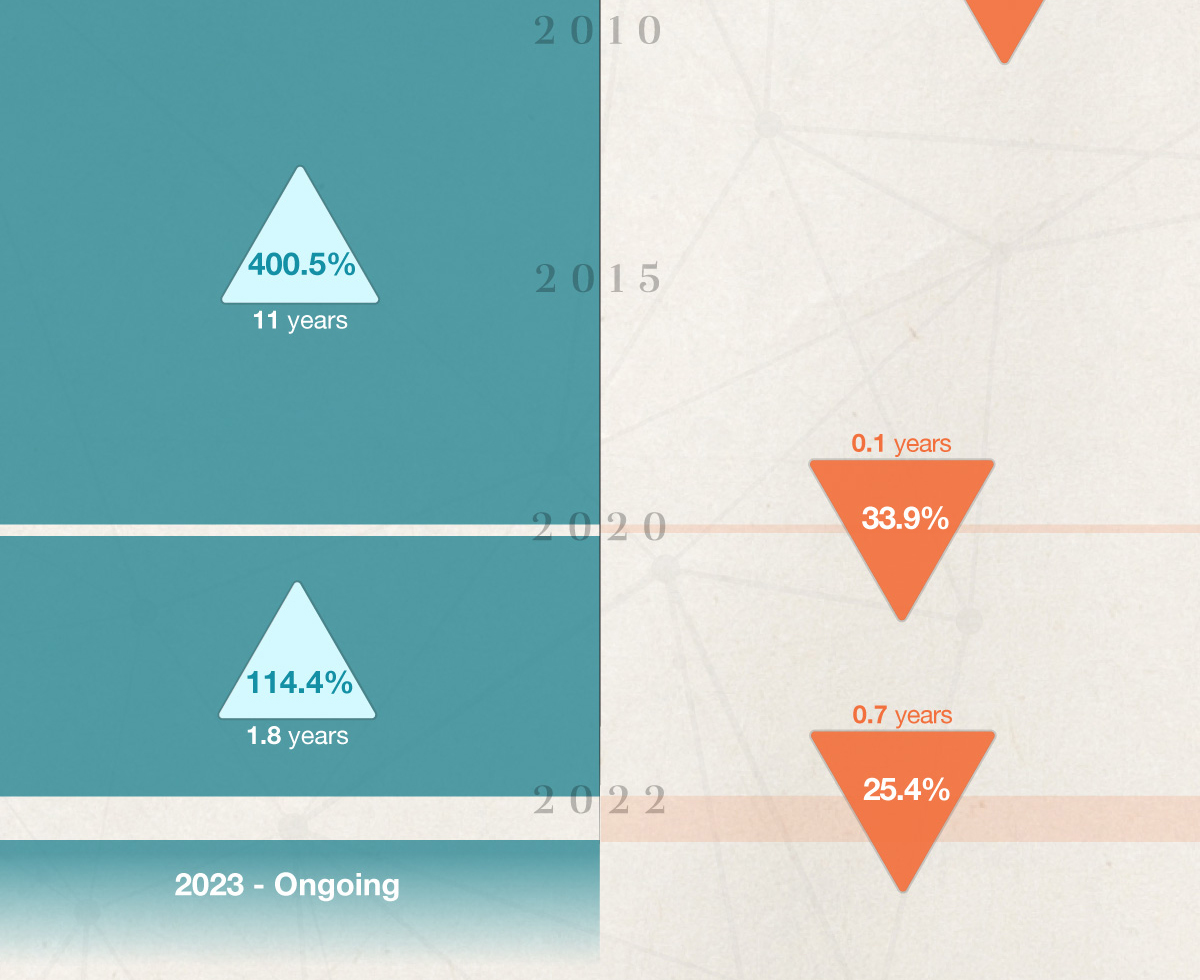
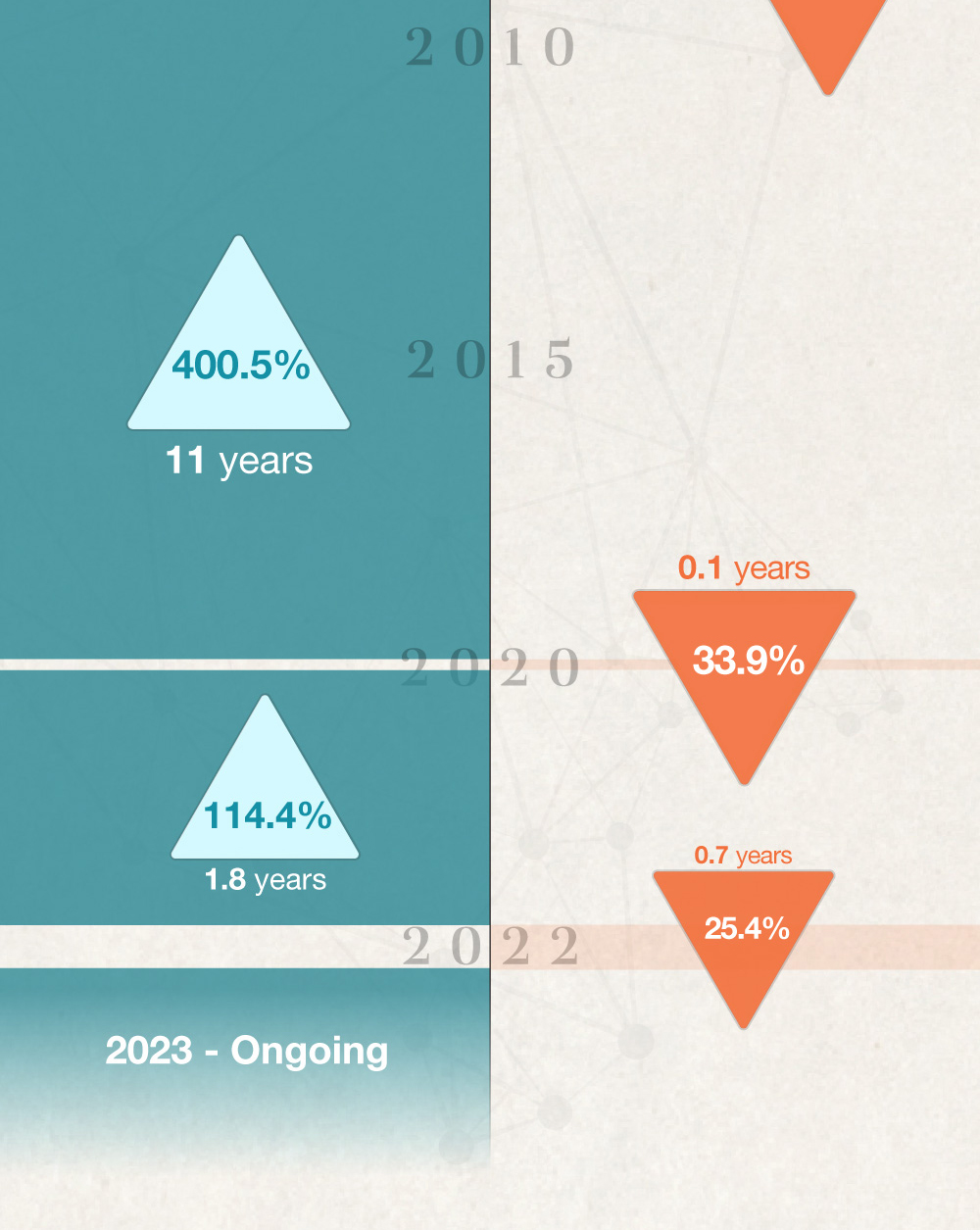

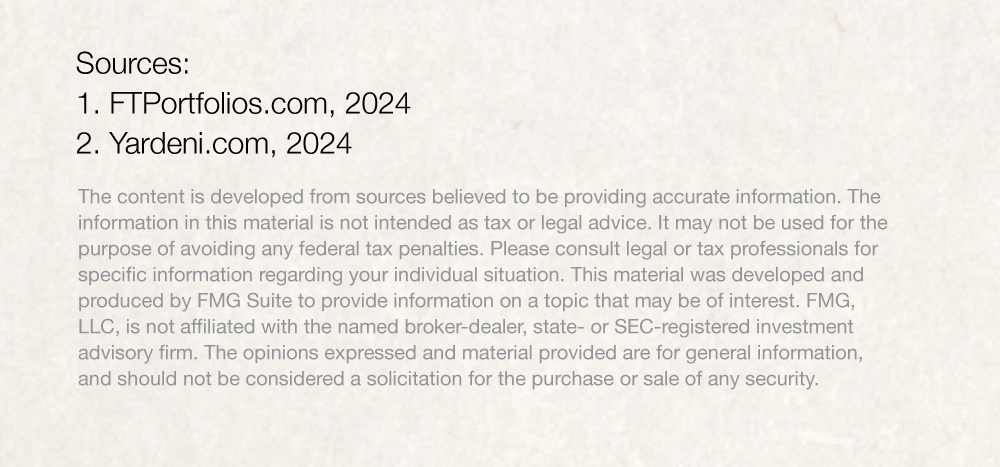




















A look at how variable rates of return impact investors over time.

This fun piece can help your clients explore the benefits of impact investing versus founding a philanthropy.

Tax preparation may be the perfect time to give the household budget a check-up.
For some, the idea of establishing a retirement strategy evokes worries about complicated reporting and administration.
Calculating your potential Social Security benefit is a three-step process.
Whatever your relationship with your car, it may eventually come time for a new one. Familiarize yourself with your options.
This calculator estimates the savings from paying a mortgage bi-weekly instead of monthly.
Use this calculator to estimate your income tax liability along with average and marginal tax rates.
Use this calculator to assess the potential benefits of a home mortgage deduction.
Here’s a quick guide to checking to see if you have unclaimed money.
Procrastination can be costly. When you get a late start, it may be difficult to make up for lost time.
Do you know how long it may take for your investments to double in value? The Rule of 72 is a quick way to figure it out.